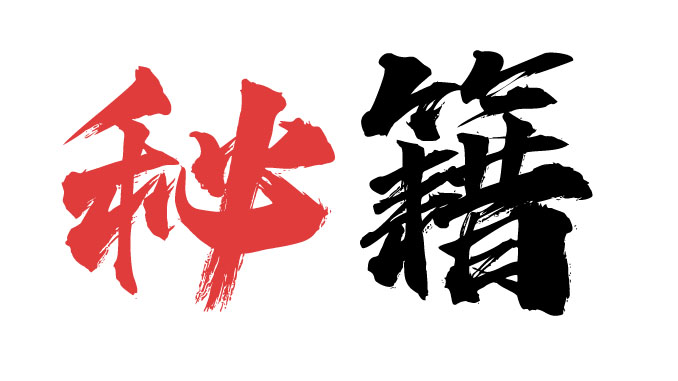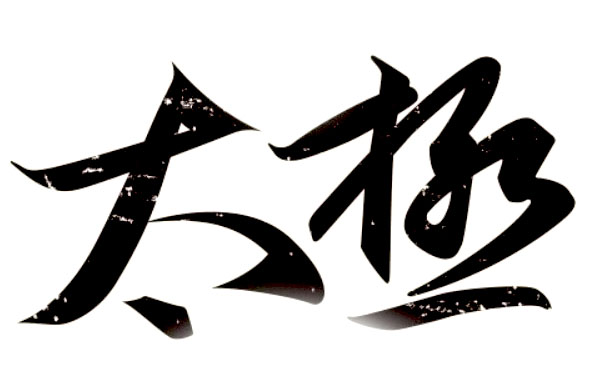What is Wuji stance ?
Almost for all Tai Chi and any martial arts practitioners, the training is always begins with a fundamental stance. The Ma Bu, or "horse stance," is one of the most iconic basic learning. Why the name? Simple—it mimics the posture of a horse, with both feet slightly wider than shoulder-width, a steady and strong base, and a balanced, grounded position. Ma Bu is considered the foundation of martial arts training. In fact, there’s an old Chinese saying: “One year of Ma Bu is more beneficial than three years of practicing forms.” how important to Ma Bu. The Wuji Stance is a another variation of Ma Bu, or at least shares similarities in its goals. While Ma Bu focuses on strength and stability, Wuji Stance serves a broader purpose in building your fundamental structure and mental focus , and the goal to get rid or remove the stiffness or the energy prevent you from Tai Chi relaxation or call Loose . There’s also another foundational stance known as the Hunyuan Stance, often practiced by beginners in Tai Chi. Though Wuji Stance and Hunyuan Stance may seem similar, they are distinct in their purposes and practice. Many people confuse about the two stance, but understanding their differences is key.



